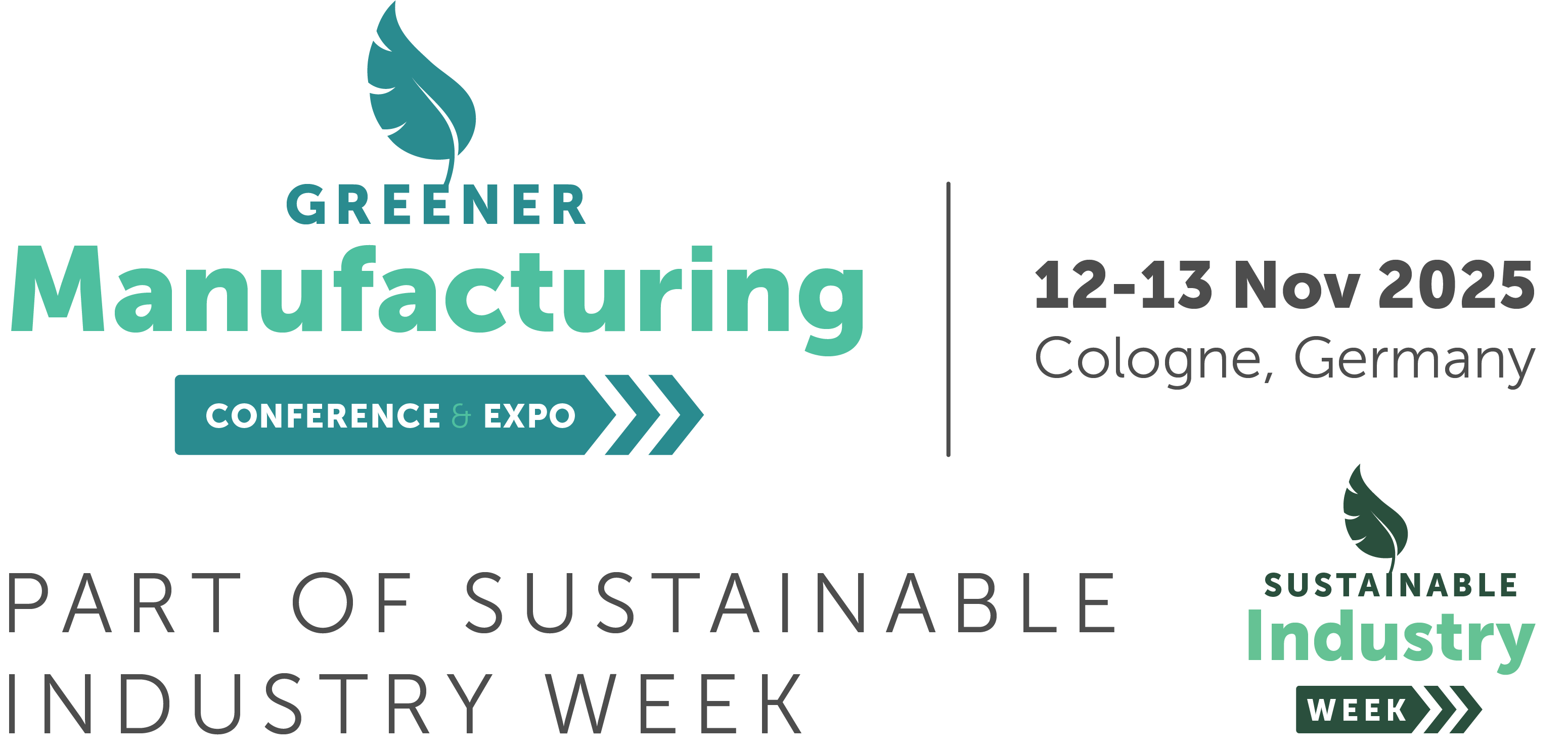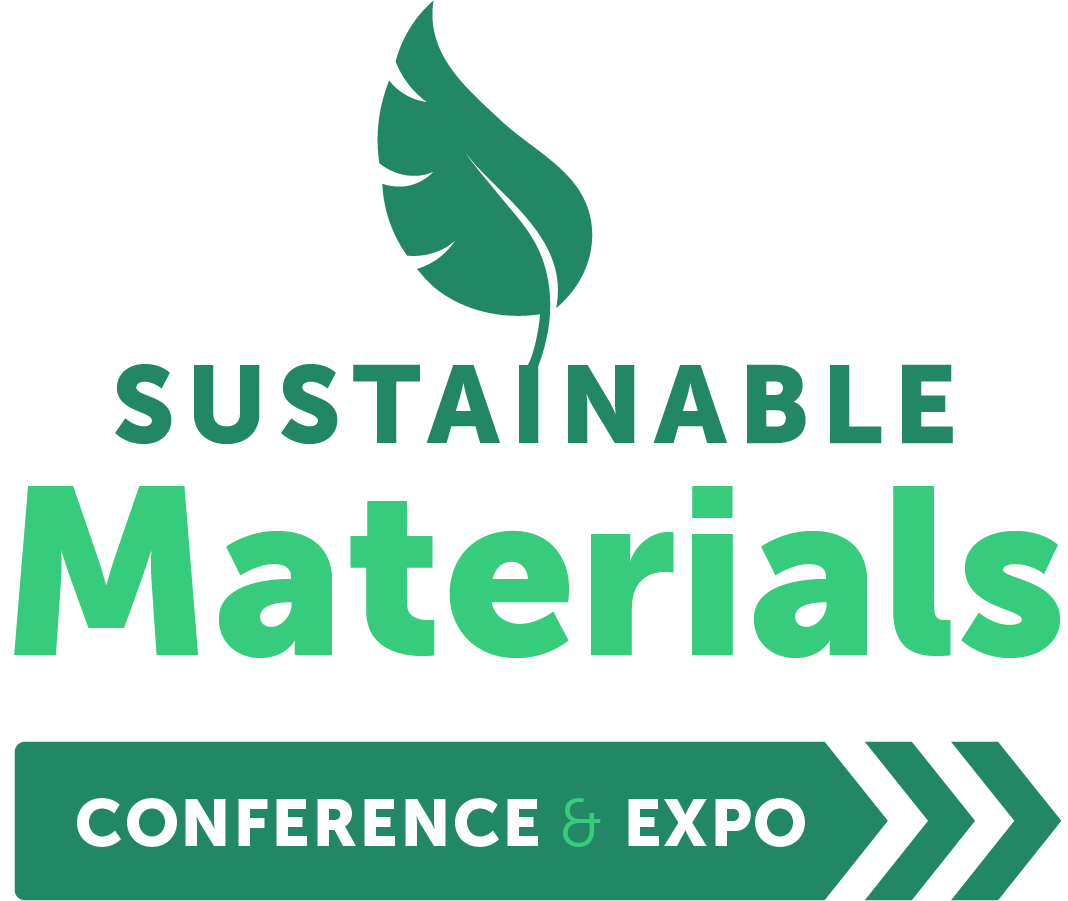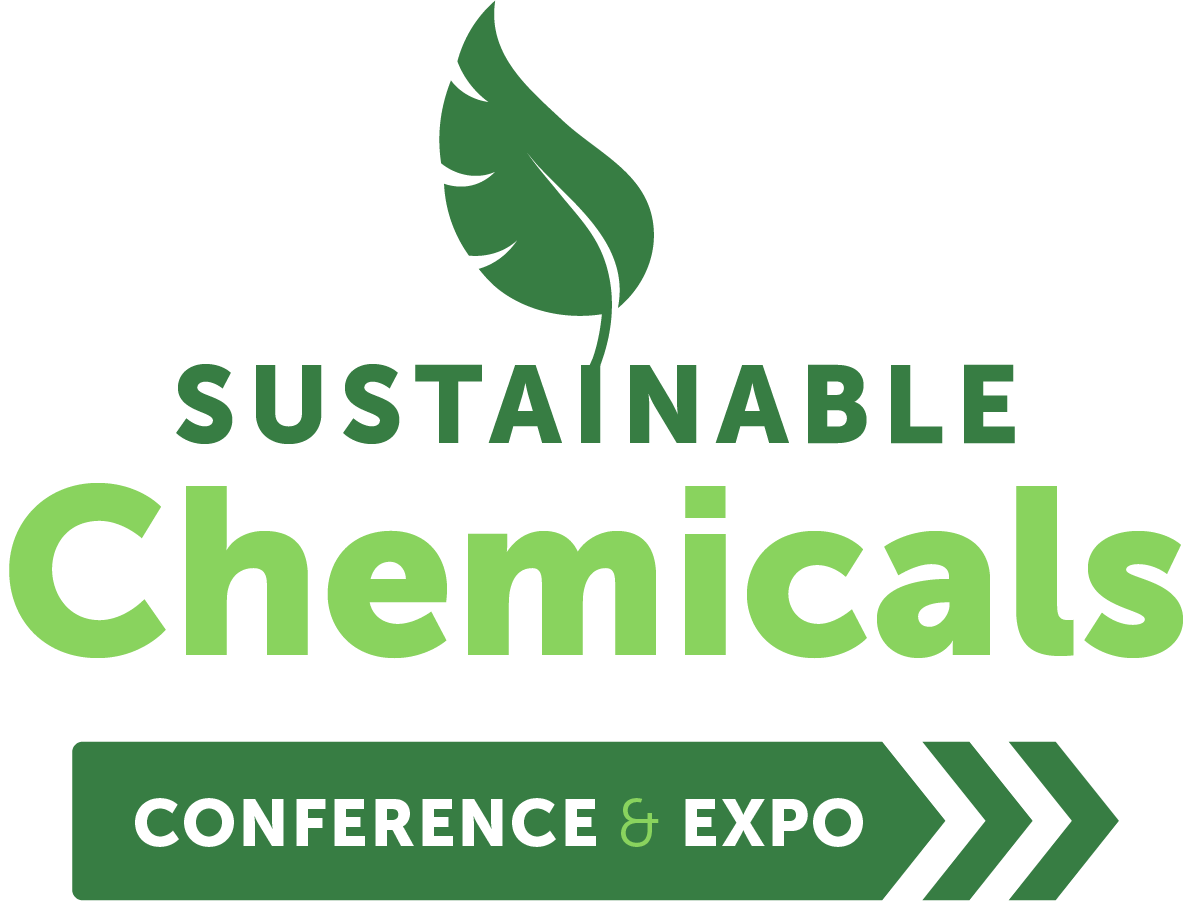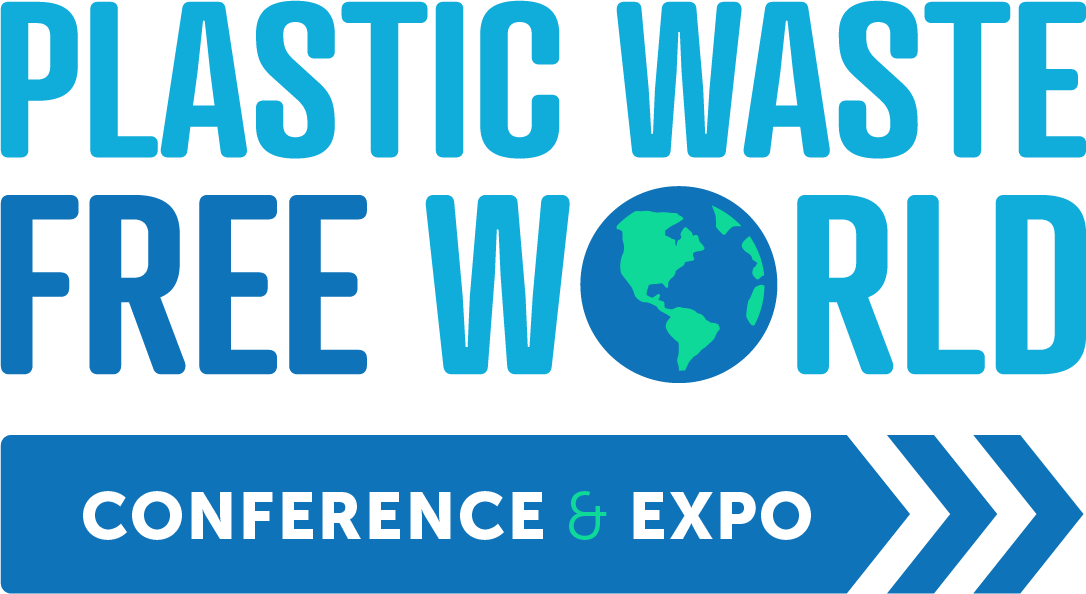Researchers at Penn State have developed Lion Glass which reduces carbon output significantly
)
The normal manufacturing process for regular glass emits a minimum of 86 tons of Carbon Dioxide annually, however Penn State researchers have developed an innovative manufacturing process which produces a new kind of glass, Lion Glass, which reduces these carbon outputs by 50%.
Lion Glass is an excellent, greener, more environmentally friendly invention for two reasons, the first is the reduced amount of emissions caused by a manufacturing process which requires a lot less energy. The second is the quality of the glass, instead of the conventional soda lime silicate material used to form most glasses on the market, but Lion Glass is much stronger and has a larger resistance to damage.
John Mauro, Dorothy Pate Enright Professor of Materials Science and Engineering at Penn State and lead researcher on the project said, “Our goal is to make glass manufacturing sustainable for the long term.” The manufacturing process for Lion Glass definitely achieves this goal, as it advances the regular glass manufacturing process a long way. Rather than using sodium carbonate and calcium carbonate which both release carbon dioxide, the production of Lion Glass does not require any batch materials containing carbon, significantly reducing carbon dioxide emissions.
Furthermore, the Lion Glass manufacturing process continues to produce less carbon dioxide further still. As rather than lots of CO2 being emitted into the atmosphere during the glass melting process, due to the energy required to heat the furnaces, in the production of Lion Glass, emissions are cut by 30% due to less heat being required to heat the glass.
Lion Glass is much stronger than regular glass and is a much greener and sustainable material for the environment. The next steps for this eco-friendly breakthrough are to have their patent approved to market Lion Glass and have it sold in shops.





